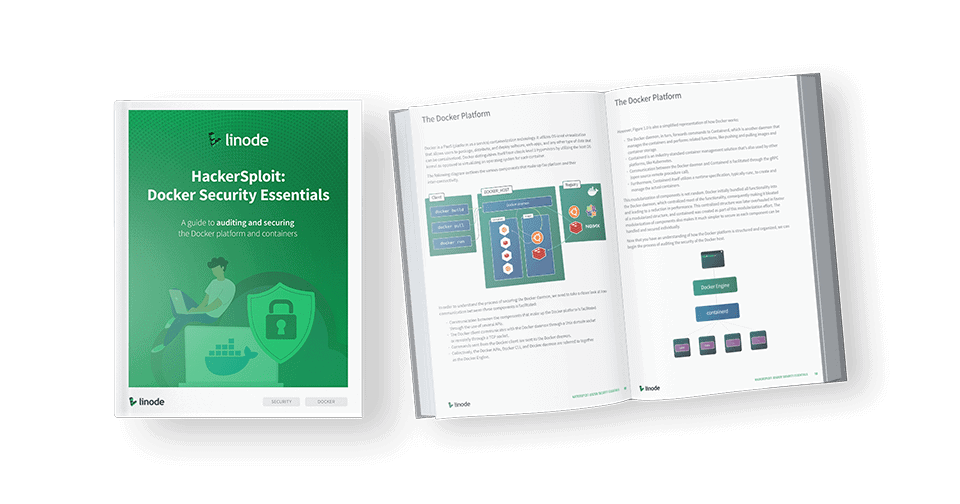0 %
Alexis Ahmed
Red Team | Adversary Emulation | Vulnerability Research
Cybersecurity Author & Instructor
Cybersecurity Author & Instructor
Areas Of Expertise
Red Team Operations
Network Penetration Testing
Cloud Penetration Testing
Skills
Active Directory Pentesting
Adversary Emulation
Web App Pentesting
AWS & Azure Pentesting
Reverse Engineering
Exploit Development
Bash, Python, PowerShell, Ruby
Scripting Languages
- Bash
- Python
- C, C++ & C#
- Perl
- Ruby
- PowerShell

